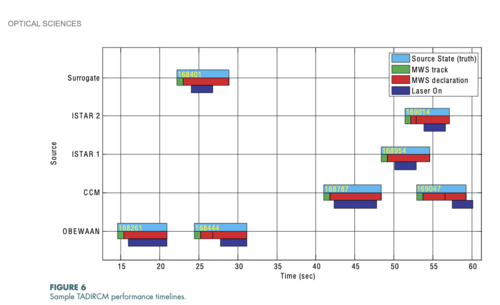How a massive budget cut, a DARPA program and a lengthy internal debate transformed the NGAD program.

aviationweek.com
That's a pretty good article by Steve Trimble, sticking to the facts

Arguably, the weapons that won the Battle of the Atlantic were the shipyards that built the Liberty Ships. If Roper's doctrine is to have multiple types of aircraft in a system, with quick, production, then the first priority is to prove a capacity to get new aircraft from PowerPoint to runway in time to respond to the changing strategic climate. This
demonstrator may have all the aerodynamic and fighting qualities of an ice cream van, but the point will be to prove the digital design to manufacture process in quick time and low cost. Remember the joke that by 20XX the entire defence budget would pay for one plane, shared between the Air Force and Navy on alternate weekdays while the Marines had it on weekends? My bet is that the 'records' relate to time, cost and manufacturing flexibility. Other demonstrators will prove things like thermal management and lasers.
Looking at a broader policy, this article (
https://www.defensenews.com/breakin...ll-scale-prototype-of-its-future-fighter-jet/), with this quote (
I have to imagine there will be a lot of engineers — maybe famous ones with well-known household names with billions of dollars to invest — that will decide starting the world’s greatest aircraft company to build the world’s greatest aircraft with the Air Force is exactly the kind of inspiring thing they want to do as a hobby or even a main gig), linking to this article (
https://www.defensenews.com/digital...-air-force-the-era-of-fighter-jets-is-ending/) is very significant in showing what Roper's thinking.
Things to note: Elon Musk really likes blowing things up. That is, he's really devoted to 'build a little, fly a little (and then test to destruction)'. That's an ethos that's come out of Silicon Valley for sure. It greatly frustrates computer and software buyers ('the fucking piece of shit fucking crashes every fucking day, fuck it!'), but rather than paralysis by analysis, you proceed into testing in the real world immediately and you're committed to perfecting the product because you're already invested in the game. I remember Ben Rich writing in his memoir that they should be building planes like Chevrolets rather than Cadillacs...
Seeing how Spacex has been aggressively willing and able to challenge Boeing/Lockmart/ULA on the launchpads and in court, vertically integrate and move fast with its launchers, Roper probably wants to light a fire under the traditional contractors by signalling that he's looking outside the usual club. Expect innovative outsiders like General Atomics to get more attention - remember, NGAD is not a platform, but a
system.
There have long been concerns about maintaining an industrial base and having a system-focussed programme rather than a platform-focussed one allows the lesser players to remain viable.
In the future, I can imagine squadrons not being monolithic single-type groups, but Ocean's 11-like ensembles. Training them to work as teams will be a major challenge, along with an awareness of the pools of talent that's going to be available. This will affect recruitment policy. Expect ad campaigns aimed at gamers used to teams with druids and bards along with the usual fighters and so forth going on quests. This is what the NSA has been doing for years now.
In the meantime, most of the press will focus on individual items of hardware, completely missing the point.


